The vision of a concrete building that can store energy like a giant battery could someday be a reality.
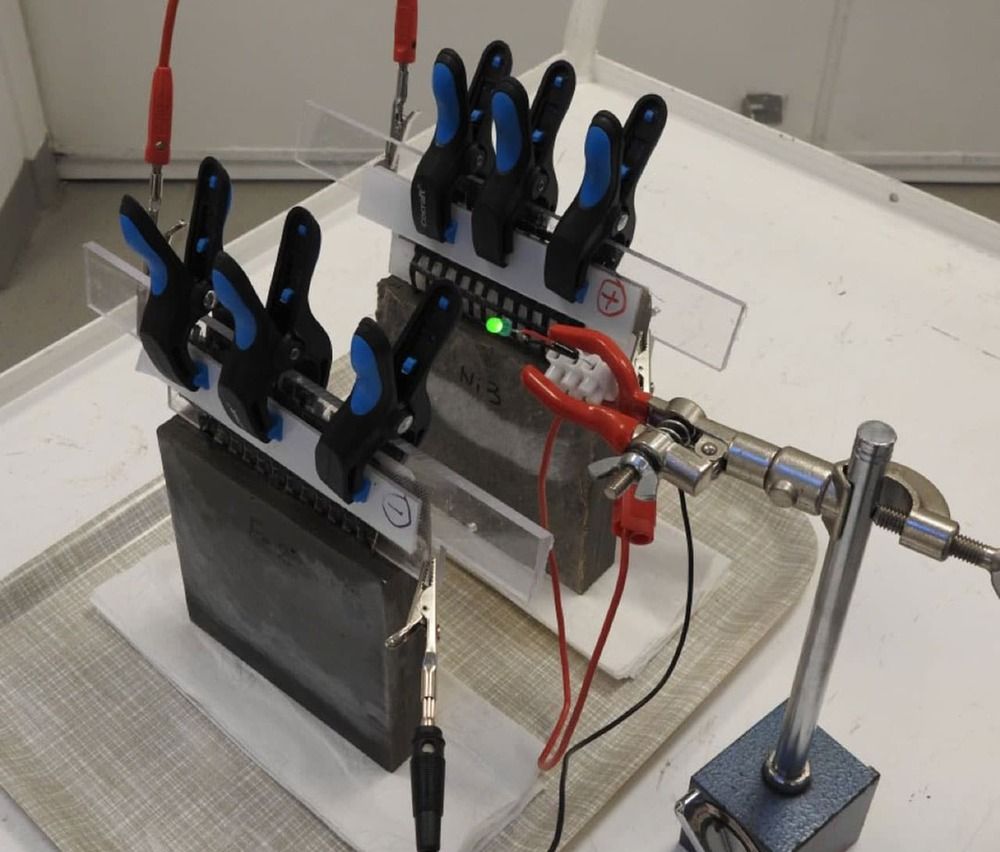

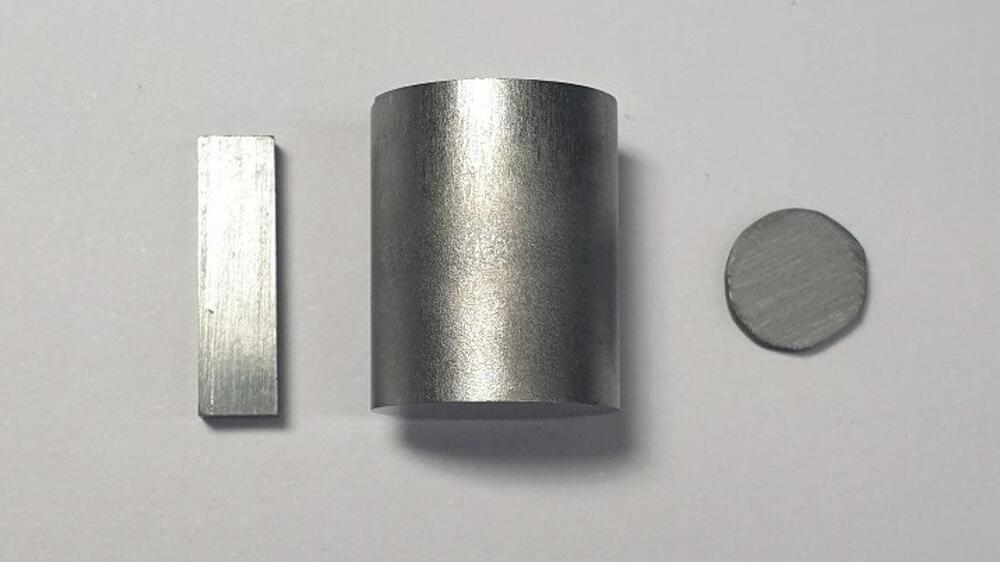

O,.o circa 2017.
We present a detection scheme to search for QCD axion dark matter, that is based on a direct interaction between axions and electrons explicitly predicted by DFSZ axion models. The local axion dark matter field shall drive transitions between Zeeman-split atomic levels separated by the axion rest mass energy m a.
C.
2. Axion-related excitations are then detected with an upconversion scheme involving a pump laser that converts the absorbed axion energy (~hundreds of μeV) to visible or infrared photons, where single photon detection is an established technique. The proposed scheme involves rare-earth ions doped into solid-state crystalline materials, and the optical transitions take place between energy levels of 4f.
N
electron configuration.
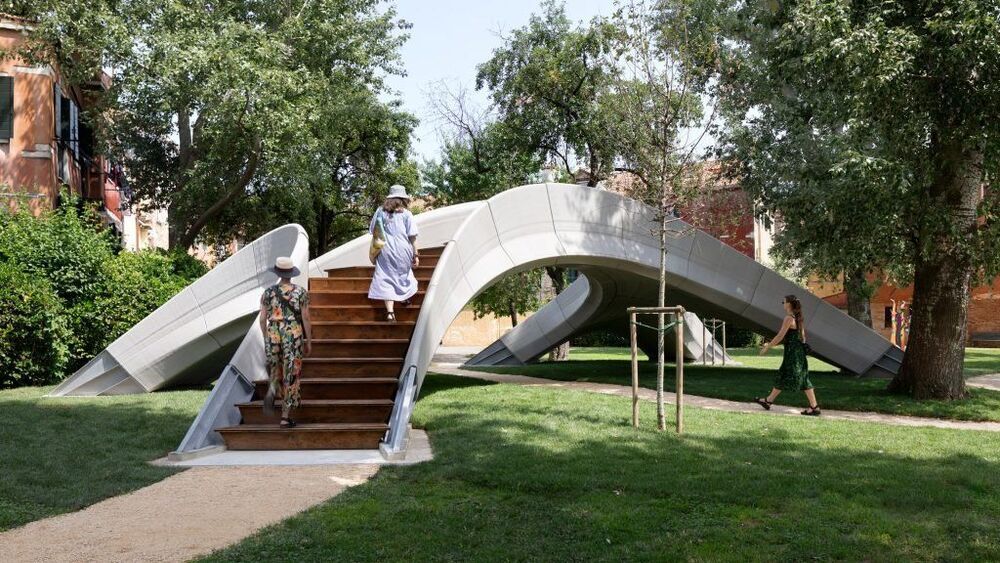
Amazing.
Zaha Hadid Architects and ETH Zurich have built a 3D-printed concrete footbridge named Striatus in Venice that is freestanding and assembled without mortar.
Named Striatus, the 16-metre-long bridge was built by the computation and design team at Zaha Hadid Architects, known as ZHACODE, in collaboration with the Block Research Group (BRG) at Swiss university ETH Zurich, incremental3D and Holcim. It was constructed from 53 hollow blocks each printed from 500 layers of printed concrete.
The structure is an unreinforced arched bridge that uses compression and gravity to hold its form. The studios arranged the 3D-printed wedge-shaped elements, known as voussoirs, to form arches and vaults.
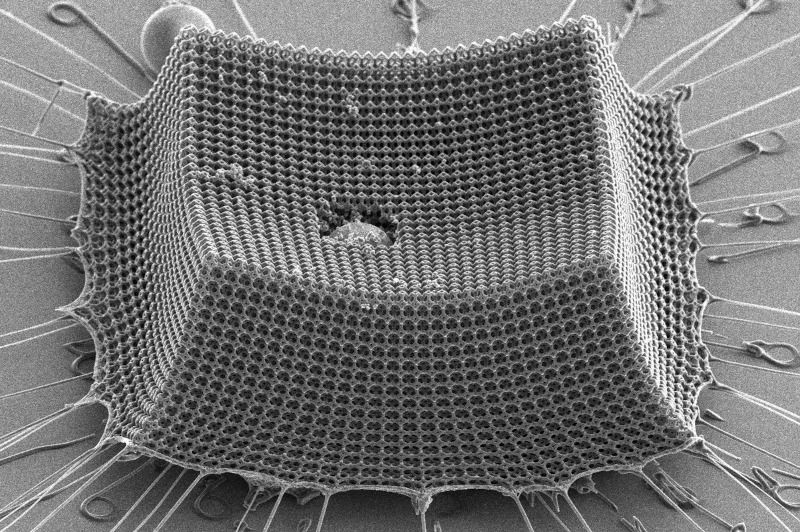
Prior to 1970, bulletproof vests were pretty iffy, with a history extending as far as the 1500s when there were attempts to make metal armor that was bulletproof. By the 20th century there was ballistic nylon, but it took kevlar to produce garments with real protection against projectile impact. Now a 3D printed nanomaterial might replace kevlar.
A group of scientists have published a paper that interconnected tetrakaidecahedrons made up of carbon struts that are arranged via two-photon lithography.
We know that tetrakaidecahedrons sound like a modern invention, but, in fact, they were proposed by Lord Kelvin in the 19th century as a shape that would allow things to be packed together with minimum surface area. Sometimes known as a Kelvin cell, the shape is used to model foam, among other things.

Scientists have found two huge, red objects in the asteroid belt that they believe are not supposed to be there – both of which have “complex organic matter” on their surfaces.
These two asteroids, called 203 Pompeja and 269 Justitia, were discovered by Jaxa, the Japan Aerospace Exploration Agency. Pompeja is approximately 110 kilometres wide, while the smaller Justitia has a diameter of only 55 kilometres.
Found in the cluster of rocks between Mars and Jupiter, these two objects are distinctly different from their neighbours. Both Pompeja and Justitia reflect more red light than other surrounding asteroids due to the increased presence of complex organic material on their surface – such as carbon or methane.

Push materials to their limits, and strange things can occur – such as the discovery of a previously unknown phase of liquid, which has been reported by scientists looking at the development of super-thin, high-density glass.
These types of glass are used in a variety of ways, including in OLED displays and optical fibers, but they can have stability problems. It’s through an effort to tackle those problems that this different type of material has come to light.
Crucially, the newly discovered liquid phase promises thin glass that’s more stable and denser than the materials that have come before – a progression that could open up different ways of using the glass, and even completely new types of devices.

Scientists have discovered that a two graphene layers can conduct electrons showing superconductivity if the two hexagonal nets are twisted against each other at a 1.1 degree angle.
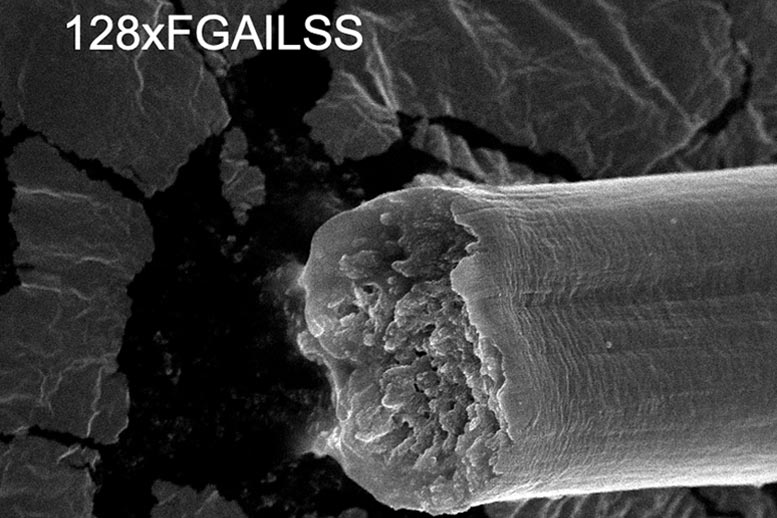
Artificially designed, amyloid-silk hybrid protein developed in Zhang lab even outperforms some spider silks.
Spider silk is said to be one of the strongest, toughest materials on the Earth. Now engineers at Washington University in St. Louis have designed amyloid silk hybrid proteins and produced them in engineered bacteria. The resulting fibers are stronger and tougher than some natural spider silks.
Their research was published in the journal ACS Nano.
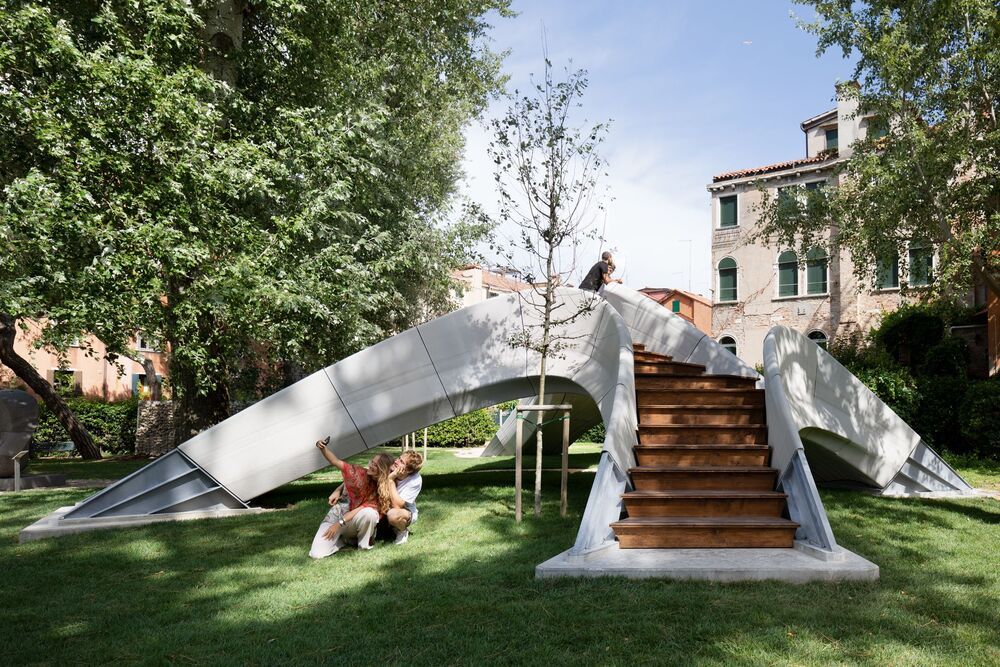
A first-of-its-kind 3D-printed concrete bridge has been unveiled in Venice, Italy. The bridge is a demonstration of a new 3D printing method resulting in a structure requiring no mortar or steel reinforcement.
The bridge was developed as part of a collaboration between ETH Zurich and Zaha Hadid Architects’ Computation and Design Group. The unreinforced structure was created by 3D-printing concrete blocks using a novel type of concrete ink produced by a company called Holcim.
“This precise method of 3D concrete printing allows us to combine the principles of traditional vaulted construction with digital concrete fabrication to use material only where it is structurally necessary without producing waste,” explains Philippe Block, a researcher from ETH Zurich.